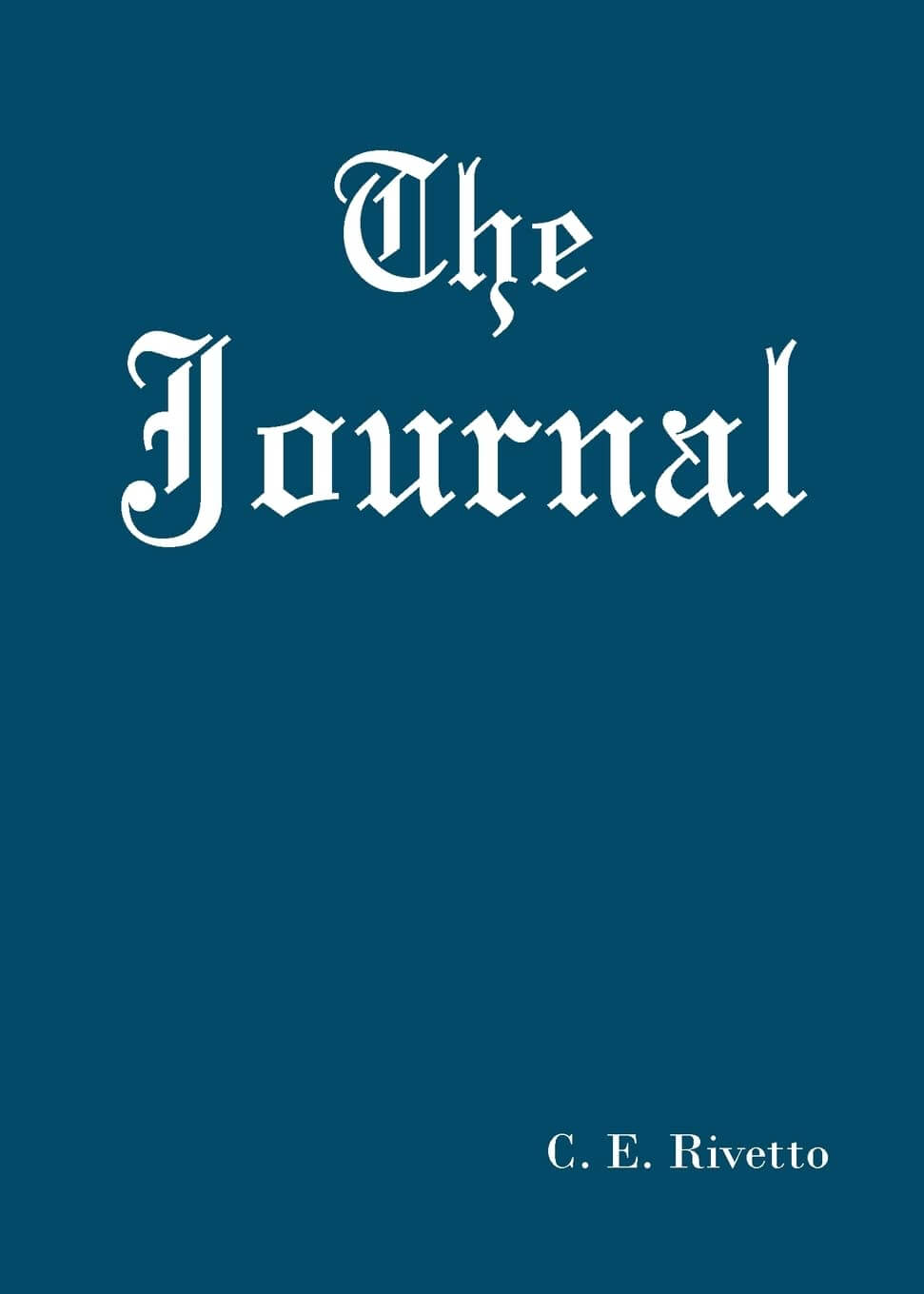Genre
Audience
Author’s Worldview
Catholic
Year Published
2022
Themes
Reviewed by
A.R.K. Watson
Sarah is running her life into the ground. She knows it. Her family knows it. Awareness isn’t the issue. After the death of her father, and her sister’s cancer diagnosis, despair has had its claws deep in her soul. The symptoms are the usual: excessive drinking, casual sex, poor choices in partners. But one day, her grandmother gives her a journal, an ancient family heirloom from one of their early ancestors, Colleen, who lived on the front lines of colonial America during the French and Indian war. The Journal follows Sarah’s journey in modern day America and Colleen in the 1760’s as each finds the courage to face the troubles of their time and trust in God’s grace to prevail.
Although Sarah has dropped out of college, she can’t quite smother her innate love of history and begins reading. Both women’s stories interweave as Sarah becomes affected by her ancestor’s bravery and integrity. Colleen’s journal describes how she survived the horrors of the frontier, slowly finds it in her heart to forgive her captors, and to regret the horrors inflicted by her own people as well. Sarah responds to reading this narrative by slowly but surely finding the courage to forgive herself, even if she doesn’t believe she deserves it.
This book is written as a film script, but by simplifying the sets and changing the locations to cut down on the number of scene changes, it could make for a good stage play. It is probably not appropriate for highschoolers, as wartime rape is a major plot point, although not shown explicitly. Depending on the age range of the students present, some parents might dislike having it performed by minors. For an adult repertoire theater, however, it would make for an arresting and spiritual performance.
A few serious topics are touched upon in the book but not explored in depth. For example, one of the main influencers in the French and Indian war was Father LeBeau, a Catholic priest and missionary to the native peoples. He appears as a background character in the story, although I wish we had a more in-depth exploration for his read on events, that is not this type of story. I also wish the story had explored in more depth the conflict that Colleen might’ve felt as an English Catholic in a Protestant society in a war with French and Native American Catholics, but I can see how that would get in the way of the story’s main message.
The Catholic themes in this book are on the overt side. Specifically, pro-life themes are strongly present, as is the communion of saints. As Sarah and Colleen’s stories come to their conclusion, it becomes obvious that much of Sarah’s conversion is due to prayerful intercession. Past and present are intertwined in this story in a uniquely Catholic manner. For some secular readers this might come off as preachy but Catholic and other Christian readers will find it refreshing.
The main native tribe present in the story is the Abenaki people, of whom this reviewer is sadly ignorant, so I cannot say for certain that their portrayal is accurate, or that the naming conventions used accurately portray Abenaki language. I can say that the overall portrayal of the Abenaki culture, people, and right to their homeland is portrayed positively, even if there is one individual Abenaki character who is cast as a villain in the first few chapters. Said villain goes on to have his own conversion and redemption arc as well, making him one of the most moving and inspiring parts of the story for me. If I have a criticism of the book, it is that there is one line that implies that the violence between Native Americans and colonists was inevitable and not an evil that could have been avoided, but this message is only vaguely there and the overall message of the story does condemn all violence done by both sides. Yet despite brushing up against the political themes, the book is not at all polemical and keeps the focus on the character’s personal experiences.
Readers might find a film script an unfamiliar experience, and I do not usually enjoy it. However, I did not find that the format greatly detracted from my enjoyment of the story. Fans of colonial history, and even just fans of general fiction will find much to love in Rivetto’s narrative. Christian readers will also get much spiritual edification. However, secular readers might find it too overt a Christian story for their taste. The book is classified as a young adult novel and while I do think many young adult readers would enjoy this book it is not written in the modern style associated with that genre and might disappoint readers if they go into it with that expectation. I would personally classify it as adult fiction, yet appropriate for mature teens or sixteen and up.
Although the story takes place before much of the abuses that happened to natives in Catholic schools, they were on my mind as I read, and I found myself praying as I read this book and meditating on the complex and tragic history of this continent. Yet the current of God’s grace in this story, reminded me, as it did Sarah, that we need not despair even if we can’t yet see God’s hand in it all. Like the past and present-day heroines of The Journal, God’s grace might simply not be apparent to us in our present time but become beautifully real to generations in the future.



